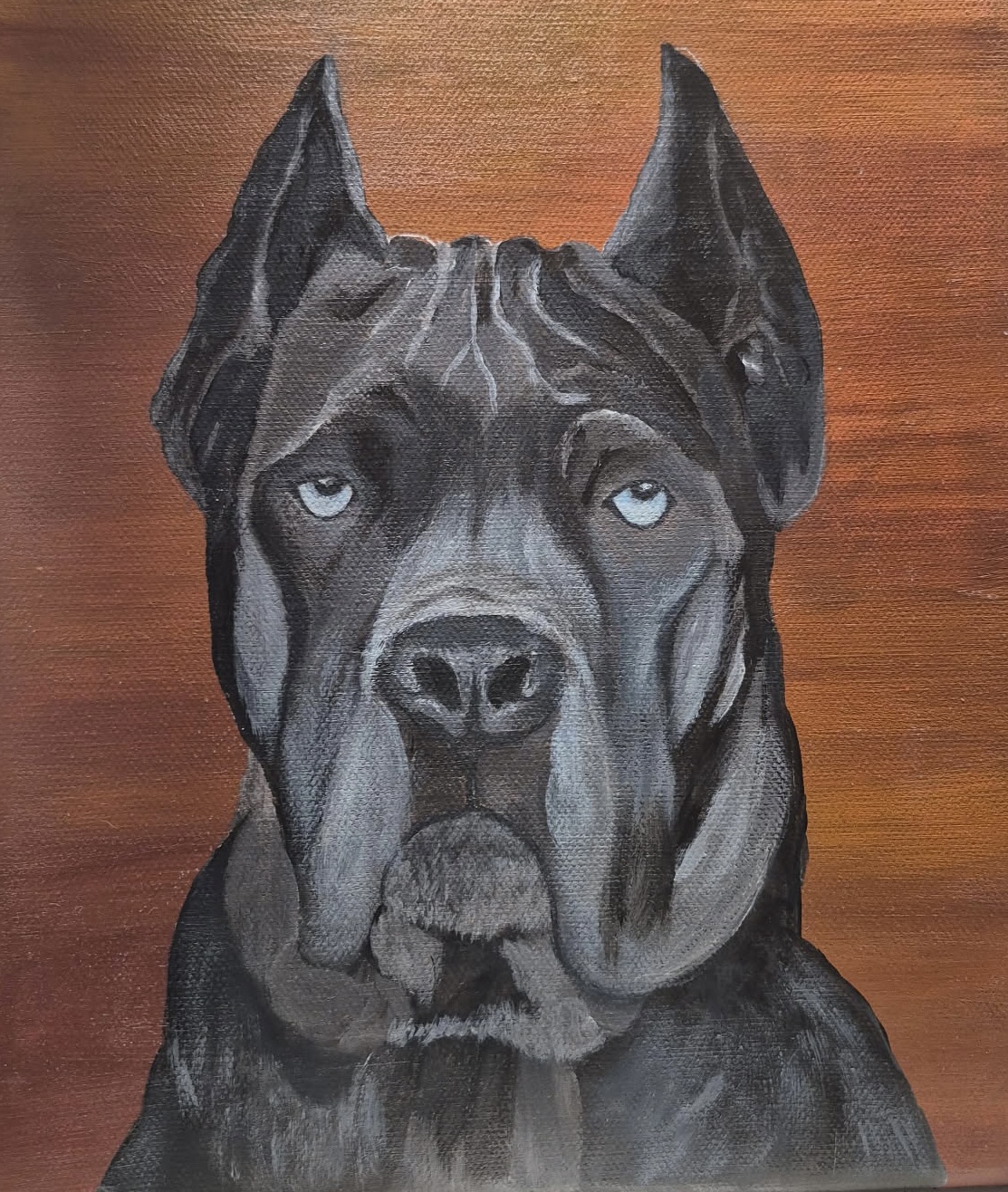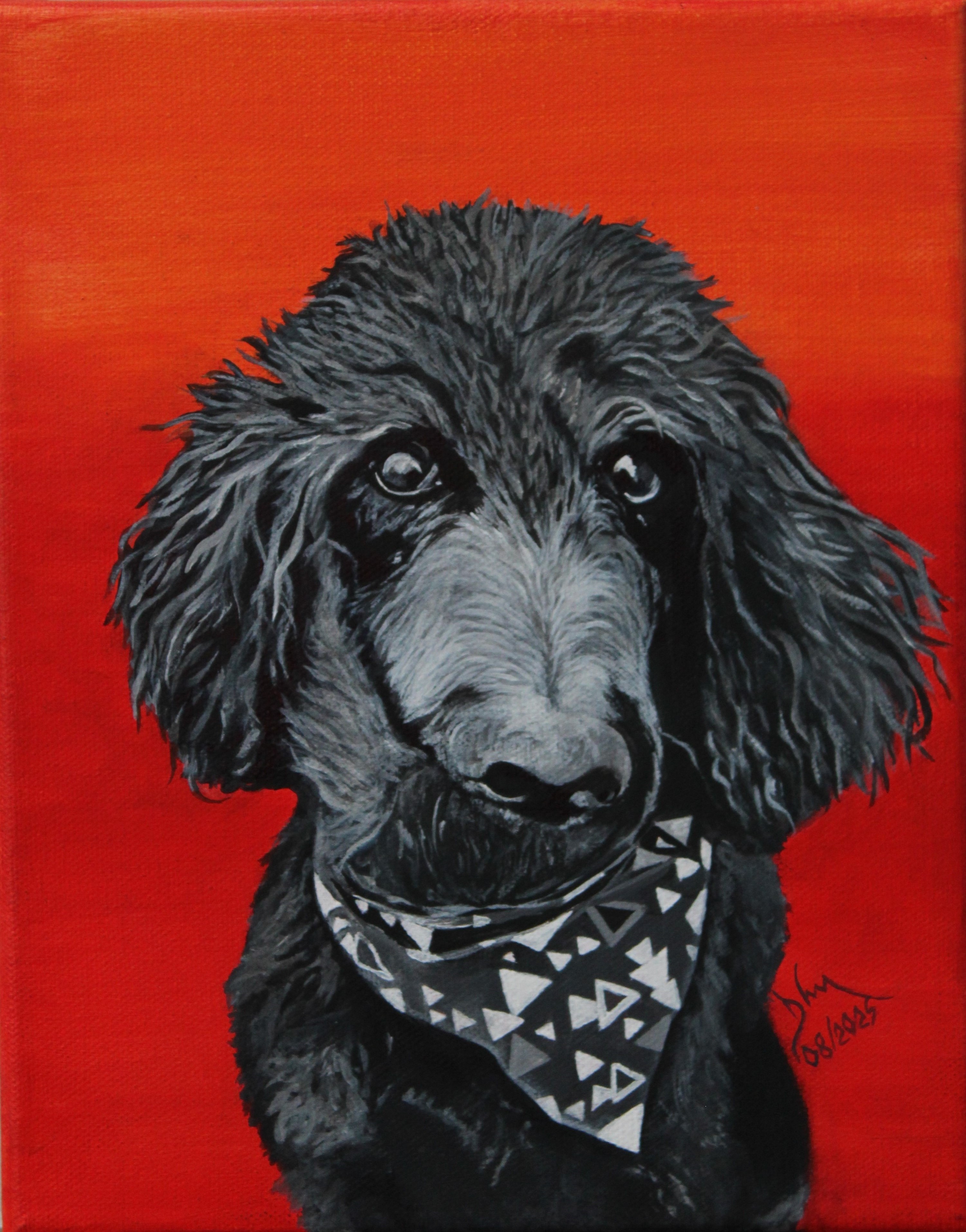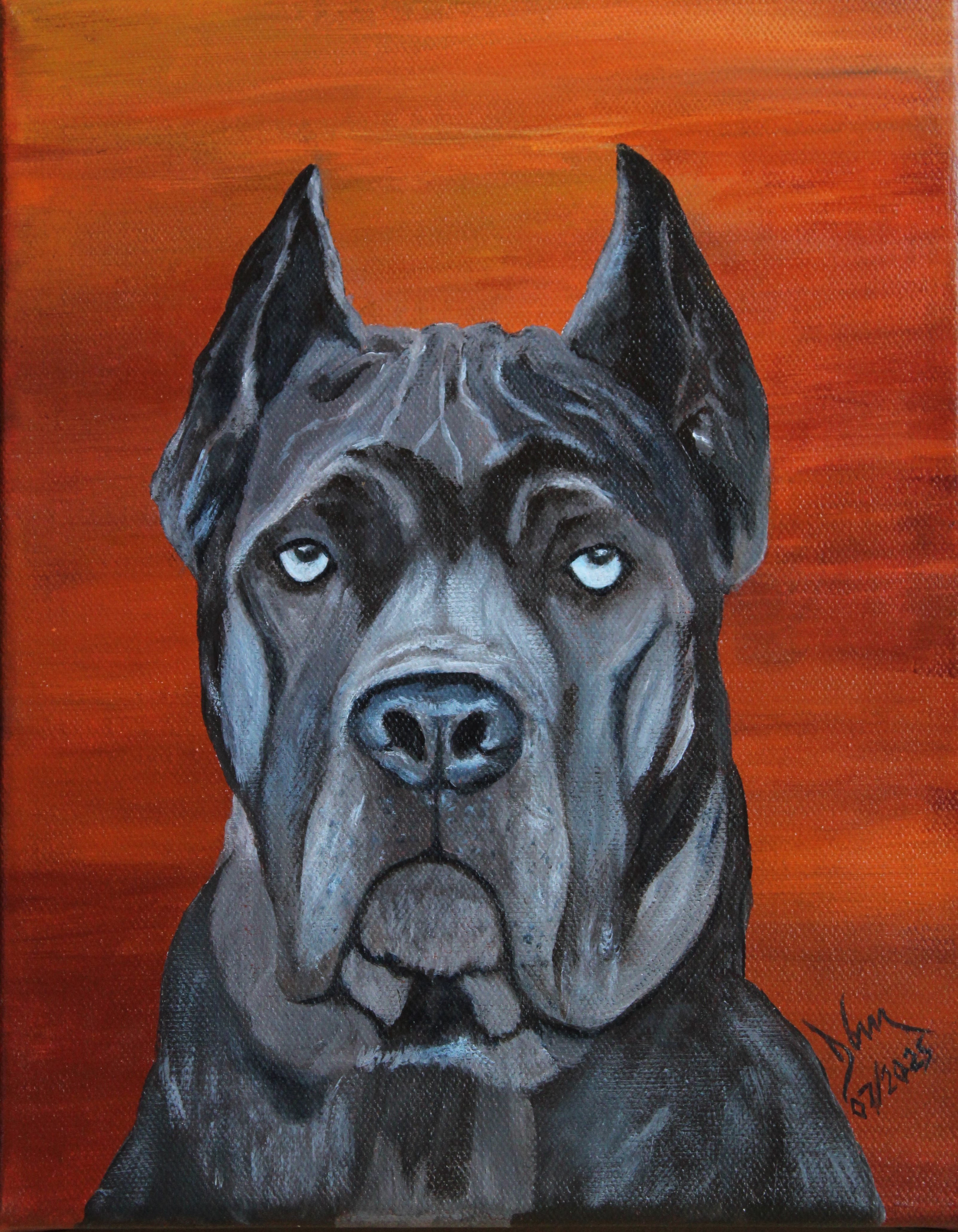Cane Corso Teeth
Topic: dogs
Summary: This blog post, titled "Cane Corso Teeth: Anatomy, Care Tips, and Common Dental Issues", explores the Cane Corso’s dental structure and how to maintain healthy teeth throughout the dog’s life. It includes bite type, teething stages, brushing routines, and signs of dental problems in large breeds like the Cane Corso.
Cane Corso Teeth: Anatomy, Care Tips, and Common Dental Issues

Click Here to buy this print.
A Cane Corso’s bite is no joke—but keeping those powerful teeth clean and healthy is just as important as obedience or exercise. From teething puppies to senior dental care, your dog’s oral health plays a big role in their quality of life.
Here’s what every owner should know about Cane Corso teeth.
🦷 Cane Corso Teeth Anatomy
Like all dogs, Cane Corsos have two sets of teeth:
| Stage | Number of Teeth | Notes |
|---|---|---|
| Puppy | 28 baby teeth | Start erupting at ~3 weeks old |
| Adult | 42 permanent teeth | Fully in by ~6 months old |
These include:
- 12 incisors (front)
- 4 canines (fangs)
- 16 premolars (middle)
- 10 molars (back)
🐾 Cane Corso Bite Type
Cane Corsos are known for their scissor bite—where the top front teeth closely overlap the bottom front teeth. This bite type is considered ideal for the breed.
A misaligned bite (overbite, underbite, or wry jaw) can lead to pain, difficulty chewing, or even disqualification from show standards.
🍼 Teething in Cane Corso Puppies
Teething can start as early as 3 weeks and typically ends by 6–7 months. During this period, you may notice:
- Drooling
- Chewing on furniture or hands
- Sore gums
- Mild bleeding from the mouth
Teething Tips:
- Offer frozen carrots or wet washcloths to chew
- Use puppy-safe chew toys with texture
- Avoid bones or hard toys that could fracture baby teeth
🧼 How to Care for Cane Corso Teeth
Daily or Weekly Habits:
- Brush your dog’s teeth 2–3 times per week using dog toothpaste
- Use dental chews or water additives approved by your vet
- Feed a balanced diet (kibble provides mild abrasion to reduce plaque)
Annual Habits:
- Schedule yearly vet dental exams
- Consider professional cleanings under anesthesia for tartar removal
⚠️ Common Dental Issues in Cane Corsos
Large breeds like the Cane Corso are prone to:
- Gingivitis
- Tartar and plaque buildup
- Retained baby teeth
- Tooth root abscesses
- Broken teeth (especially from chewing hard bones)
Signs of dental problems include:
- Bad breath
- Red or bleeding gums
- Yellow or brown teeth
- Dropping food or chewing on one side
🧠 Final Thoughts: Bite Power Deserves Proper Care
Your Cane Corso’s mouth is a powerful tool—for eating, training, guarding, and playing. Caring for their teeth is about more than avoiding bad breath—it’s about preventing serious health issues and improving lifespan.
🪥 What’s your Cane Corso’s favorite dental chew? Share it below for other owners!





